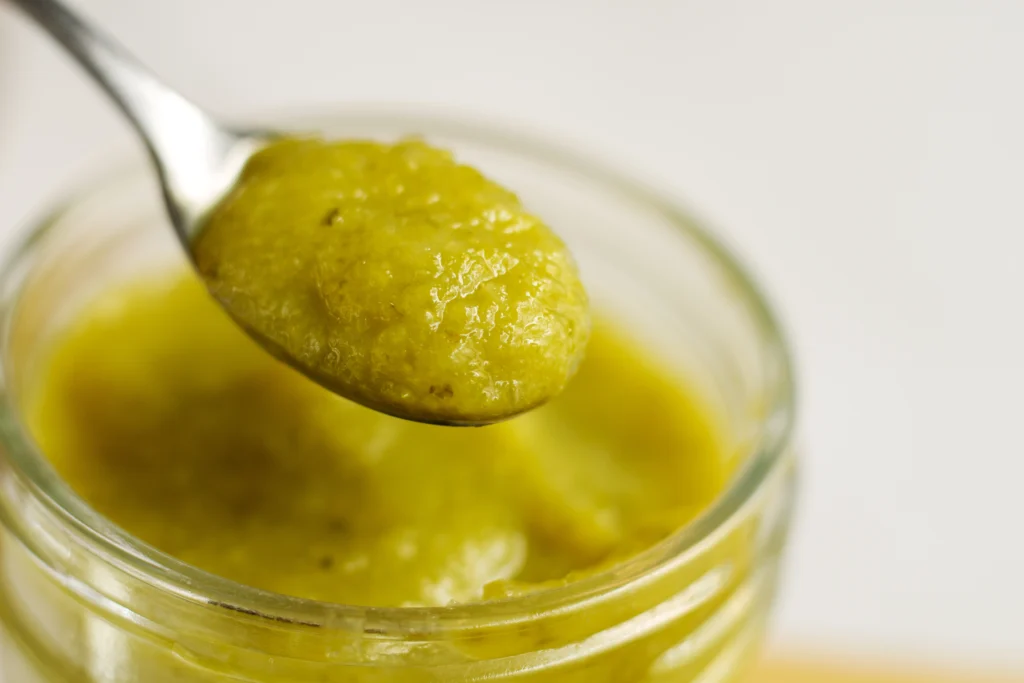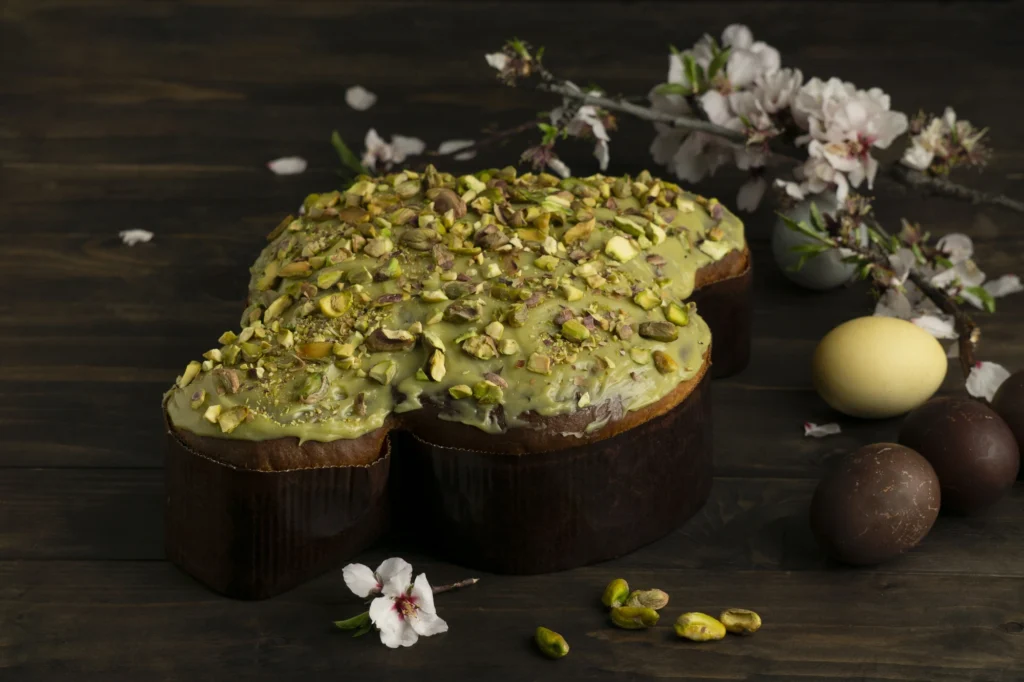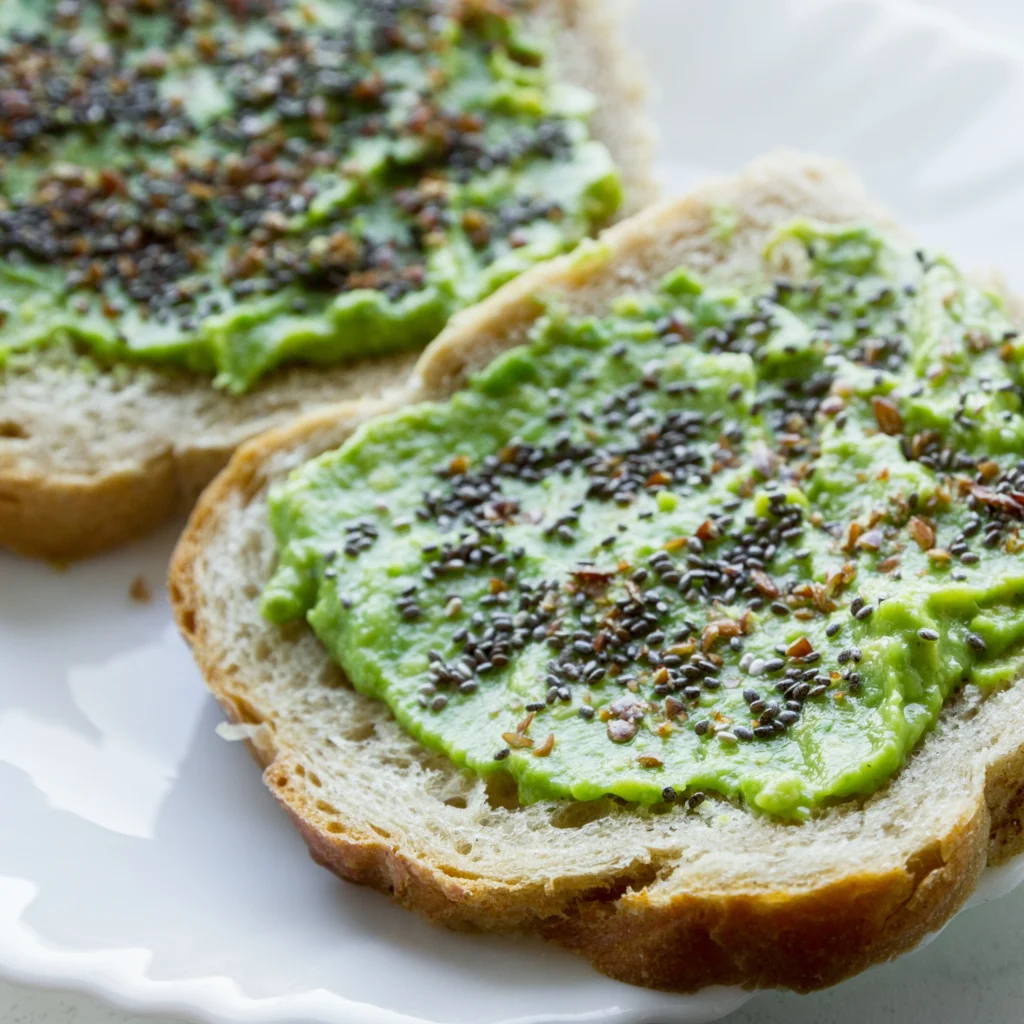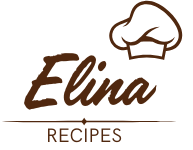PPistachios, often referred to as the “queen of nuts,” have earned a spot in kitchens worldwide for their distinctive flavor and versatility. Among the products derived from this nutrient-packed nut, pistachio butter and pistachio paste stand out. While they share the same base ingredient, their composition, texture, and culinary applications vary greatly. This article dives deep into their differences, usage, and benefits, providing you with everything you need to know about these delightful pistachio-based products.
What Is Pistachio Butter?
Pistachio butter is a rich, creamy spread made by grinding roasted pistachios until their natural oils are released, creating a smooth consistency. It’s similar to other nut butters like almond or peanut butter but carries a distinct pistachio flavor.
Key Characteristics of Pistachio Butter
- Composition: Typically made from 100% pistachios with no added sugars, oils, or preservatives. Some variations may include a pinch of salt for flavor.
- Texture: Thick and coarse, with a natural oiliness due to the pistachios’ fat content.
- Flavor: Naturally nutty and slightly sweet, with a robust pistachio aroma.
Common Uses of Pistachio Butter
- As a Spread: Perfect for spreading on toast, bagels, or crackers. Its creamy texture pairs well with honey or fresh fruit.
- In Smoothies: Add a spoonful for a protein boost and a unique nutty flavor.
- For Savory Dishes: Use it in salad dressings, dips, or as a marinade ingredient to add depth to dishes.
For creative ways to incorporate pistachio butter into meals, explore these pumpkin banana loaf recipes for a wholesome, nutty twist.

What Is Pistachio Paste?
Pistachio paste is another product made from pistachios, but it’s designed with different culinary uses in mind. Unlike butter, paste often includes added ingredients such as sugar, oils, or other flavor enhancers to suit its role in desserts and pastries.
Key Characteristics of Pistachio Paste
- Composition: Typically made by grinding pistachios into an ultra-fine consistency, often with added sugar or neutral oil to enhance texture and sweetness.
- Texture: Silky-smooth and thinner than pistachio butter, making it easier to incorporate into recipes.
- Flavor: Intensely nutty and sweet, with a rich aroma that’s perfect for desserts.
Common Uses of Pistachio Paste
- Desserts: Used as a filling for macarons, eclairs, or tarts.
- Ice Cream and Gelato: A key ingredient in pistachio-flavored frozen desserts.
- Baking: Enhances cakes, cookies, mousses, and other baked goods with its concentrated pistachio flavor.
Learn more about its role in desserts by visiting Ayoub’s guide to pistachio paste.

Key Differences Between Pistachio Butter and Pistachio Paste
The most obvious difference between pistachio butter and pistachio paste lies in their ingredients. While butter is often pure pistachios, paste typically includes sugar and neutral oils to enhance sweetness and texture.
Another critical difference is texture. Pistachio butter is thick and coarse, making it ideal for spreading or adding to savory dishes. In contrast, pistachio paste is ultra-smooth and more refined, designed specifically for use in desserts and pastries.
When it comes to flavor, pistachio butter has a more natural, nutty profile, while pistachio paste is richer, sweeter, and tailored to sweet recipes like cakes and gelato.
Culinary Applications
Using Pistachio Butter
Pistachio butter is a versatile ingredient that works well in both savory and sweet dishes:
- Breakfast Spread: Spread it on toast or pair it with fresh fruits like bananas or strawberries for a nutritious breakfast.
- Smoothies: Blend it with spinach, bananas, and almond milk for a protein-rich green smoothie.
- Savory Recipes: Use it in sauces, dressings, or even as a base for pistachio hummus.
Using Pistachio Paste
Pistachio paste is ideal for dessert lovers and bakers:
- Pastries: Add it as a filling for croissants, macarons, or eclairs.
- Ice Cream: Blend it into your homemade gelato or as a swirl in vanilla ice cream.
- Baking: Incorporate it into batter for cakes or as a base for pistachio-flavored cookies.
Pairing it with desserts like Earl Grey cookies creates a unique flavor profile.

Nutritional Comparison
Both pistachio butter and pistachio paste are derived from nutrient-dense pistachios, but their nutritional profiles differ:
- Pistachio Butter: Higher in protein and healthy fats, with no added sugar. It’s a great option for those on low-carb diets.
- Pistachio Paste: Contains added sugar and oils, which increase the calorie count. It’s ideal for occasional indulgence.
Health Benefits of Pistachios
- Heart Health: Rich in monounsaturated fats, pistachios help reduce bad cholesterol levels.
- Protein and Fiber: They’re a great plant-based source of protein and dietary fiber.
- Antioxidants: Contain lutein and zeaxanthin, which promote eye health.
For a comprehensive breakdown of pistachio nutrition, visit The Ultimate Guide to Pistachios.
DIY Pistachio Butter and Paste Recipes
Making these at home is surprisingly simple and allows you to control the ingredients.
How to Make Pistachio Butter
- Roast pistachios in the oven at 350°F for 5-7 minutes.
- Let them cool, then grind in a food processor until creamy.
- Optional: Add a pinch of salt or a drizzle of neutral oil for smoother texture.
How to Make Pistachio Paste
- Follow the same process as for butter, but continue blending until the mixture is ultra-smooth.
- Add powdered sugar and a small amount of oil to achieve the desired consistency.
FAQs About Pistachio Butter and Paste
Can pistachio butter be used as a substitute for pistachio paste?
Not ideally. While both come from pistachios, their textures and flavors are distinct. Paste is better for desserts, while butter is more versatile.
Which is healthier?
Pistachio butter is generally healthier due to its lack of added sugars or oils.
How should they be stored?
Both should be stored in airtight containers. Refrigeration extends their shelf life.
Are they vegan?
Yes, both are naturally vegan, but check for added ingredients in store-bought versions.
Conclusion
While pistachio butter and pistachio paste share a common origin, they’re far from interchangeable. Pistachio butter is a versatile, healthy spread that works well in everyday cooking, while pistachio paste is a luxurious ingredient designed for decadent desserts. Whether you’re looking to elevate your baking or add a unique twist to savory dishes, these pistachio products bring a world of possibilities to your kitchen.
